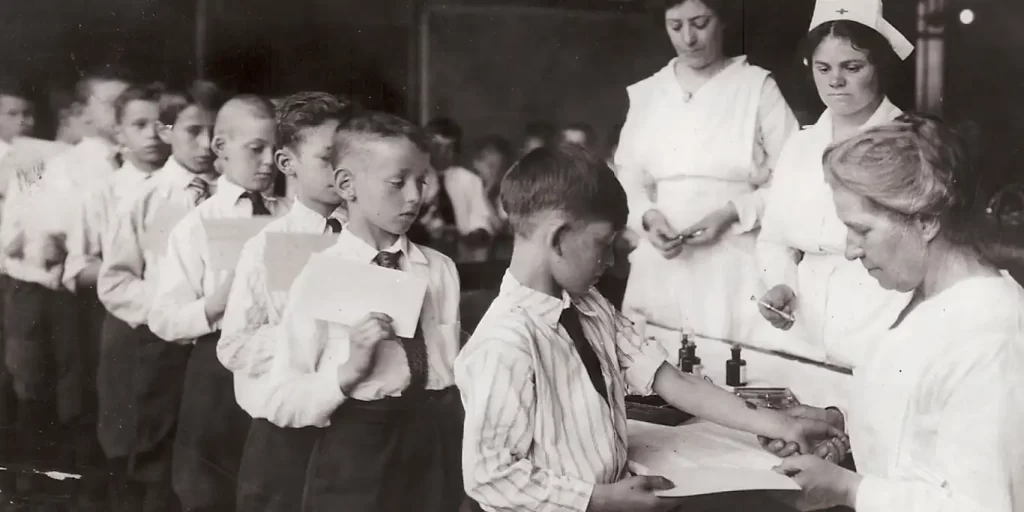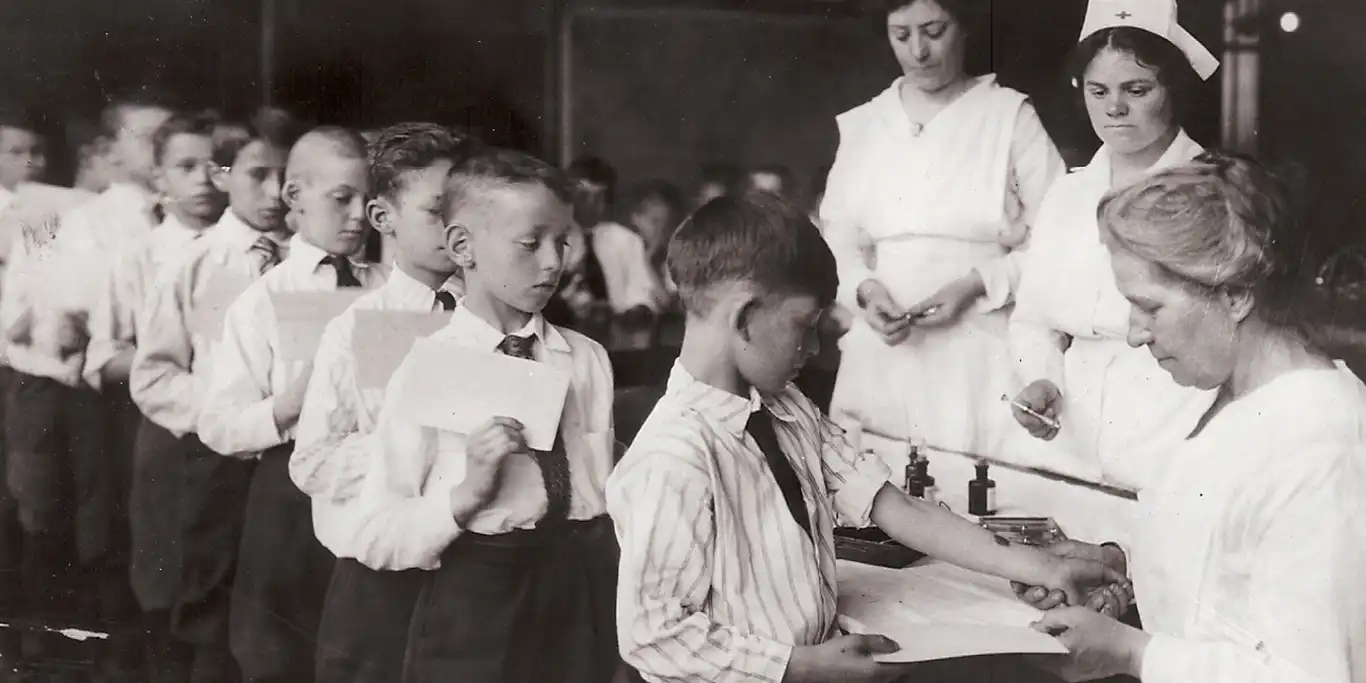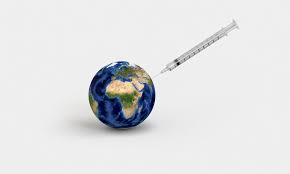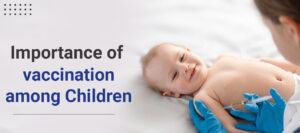Historical Perspective on Vaccination provides a valuable lens through which we can appreciate the evolution and significance of neonatal vaccination. The journey of vaccination, from its rudimentary beginnings to its current status as a cornerstone of public health, offers crucial insights into how far medical science has progressed in protecting the youngest and most vulnerable members of society. This chapter delves into the rich history of vaccination, tracing its development from ancient practices to modern breakthroughs, and underscores the importance of immunization in the first few days and months of life.

Early Beginnings of Vaccination
- Smallpox Inoculation (Variolation): The practice of inoculating individuals with material from smallpox sores was first recorded in China and India centuries ago. This early form of immunization aimed to induce a mild infection to provide immunity against severe disease.
- Edward Jenner and the Birth of Modern Vaccination (1796): Edward Jenner, an English physician, observed that milkmaids who contracted cowpox did not get smallpox. He tested his hypothesis by inoculating a boy with cowpox, demonstrating that it provided protection against smallpox. This groundbreaking work laid the foundation for modern vaccines.
Development of Attenuated and Inactivated Vaccines
- Louis Pasteur and the Germ Theory of Disease (19th Century): Louis Pasteur’s experiments with weakened (attenuated) pathogens led to the development of vaccines for diseases like rabies and anthrax. His work proved that attenuated organisms could stimulate immunity without causing illness.
- Inactivated Vaccines: The concept of using killed or inactivated pathogens to create vaccines was developed, providing a safer alternative for individuals who could not receive live attenuated vaccines. The polio vaccine developed by Jonas Salk in the 1950s is a prime example.
Expansion of Vaccination Programs in the 20th Century
- The Global Eradication of Smallpox (1979): Following widespread vaccination campaigns, smallpox became the first disease eradicated by human effort. This monumental achievement showcased the power of vaccination and set the stage for other global health initiatives.
- Introduction of New Vaccines: The 20th century saw the introduction of vaccines for numerous diseases, including measles, mumps, rubella (MMR), diphtheria, tetanus, pertussis (DTP), and polio. These vaccines significantly reduced morbidity and mortality rates, particularly among children.
Focus on Neonatal Vaccination
- Hepatitis B Vaccine (1981): With the introduction of the hepatitis B vaccine, newborns began receiving vaccinations shortly after birth to prevent mother-to-child transmission of the virus, which can cause chronic liver disease.
- BCG Vaccine for Tuberculosis: The Bacillus Calmette-Guérin (BCG) vaccine, developed in the early 20th century, became widely administered to newborns in countries with high tuberculosis prevalence to prevent severe forms of the disease.
Advances in Vaccine Technology
- Recombinant DNA Technology: The advent of genetic engineering in the late 20th century enabled the production of vaccines using recombinant DNA technology. This innovation led to the development of safer and more effective vaccines, such as the hepatitis B vaccine.
- Conjugate Vaccines: Conjugate vaccines, which link polysaccharide antigens to protein carriers, were developed to enhance the immune response in infants. The Haemophilus influenzae type b (Hib) vaccine is a notable example.
Modern Neonatal Vaccination Programs
- World Health Organization (WHO) Initiatives: The WHO has played a crucial role in promoting neonatal vaccination worldwide through programs like the Expanded Programme on Immunization (EPI), which aims to ensure that all children receive essential vaccines.
- Global Vaccine Action Plan (GVAP): Launched in 2012, GVAP seeks to extend the full benefits of immunization to all people by 2020 and beyond, emphasizing the importance of reaching newborns with life-saving vaccines.
Conclusion
The history of vaccination is a testament to human ingenuity and perseverance in the fight against infectious diseases. From the early practice of variolation to the development of sophisticated modern vaccines, each milestone has brought us closer to a world where preventable diseases no longer threaten the lives of newborns. Understanding this historical perspective underscores the importance of continuing to support and expand neonatal vaccination programs to protect future generations.
About Introduction to Neonatal Vaccination,you want to know more…







